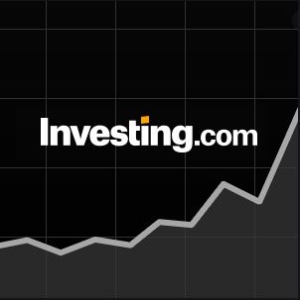Hard Landing/Soft Landing Scoreboard
Hard Landing/Soft Landing Scoreboard: Start a free trial of The Sevens Report.
What’s in Today’s Report:
- Hard Landing/Soft Landing Scoreboard
- Empire State Manufacturing Survey Takeaways
Futures are modestly lower as investors digest fresh tariff threats from President Trump and more “hot” inflation data out of Europe, both of which are driving global bond yields higher.
Economically, China’s House Price Index fell -5.0% in January rekindling concerns about the nation’s housing sector while UK CPI was 3.0% vs. (E) 2.8%, up from 2.5% in December, stoking inflation fears and adding upward pressure to bond yields.
Today, there is one economic report to watch: Housing Starts (1.397M) before the January FOMC Meeting Minutes will come into focus in the afternoon (2:00 p.m. ET).
There is also one Fed speaker but not until after the close: Jefferson (5:00 p.m. ET) while we will get a few noteworthy (but not likely market-moving) earnings releases from ETSY ($0.95), CVNA ($0.32), and TOST ($0.06).
Join thousands of advisors from huge brokerage firms like Morgan Stanley, Merrill Lynch, Wells Fargo Advisors, Raymond James, and more! To start your quarterly subscription and see how The Sevens Report can help you grow your business, click here.

